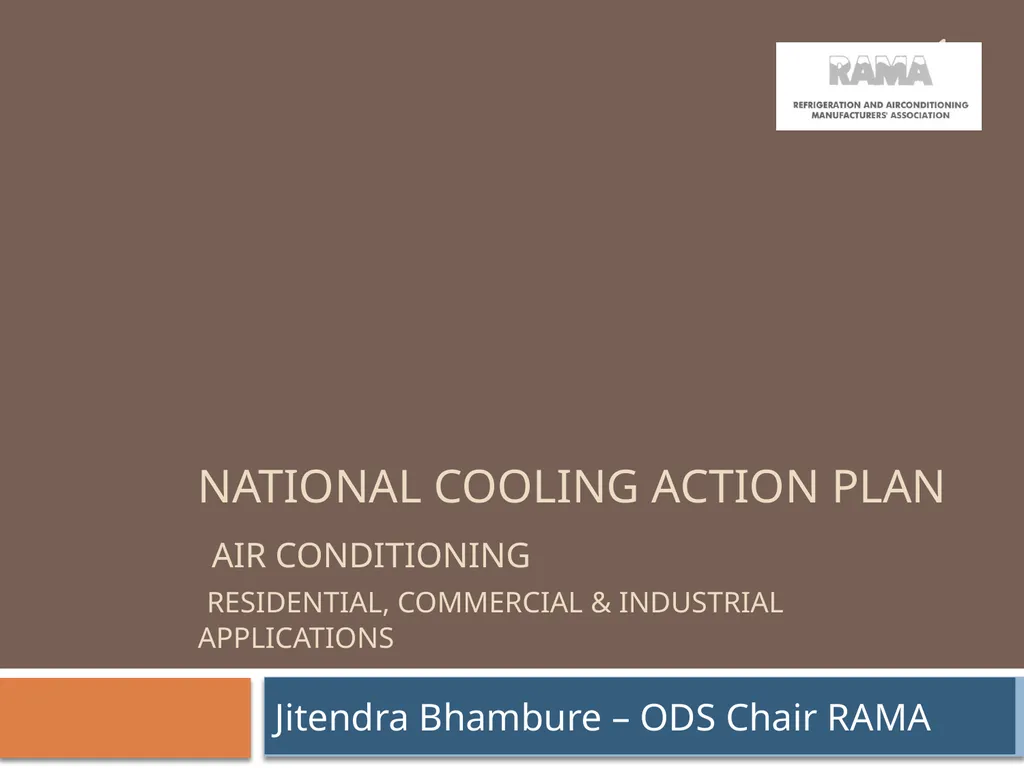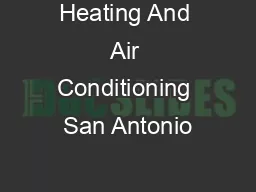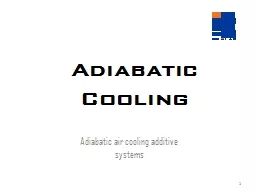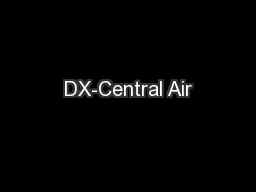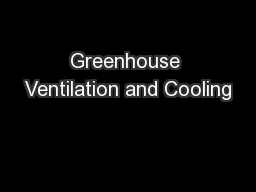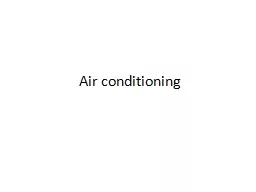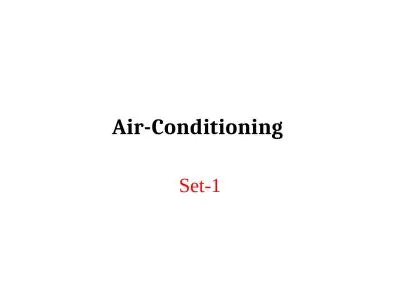National Cooling action plan Air conditioning
Author : stefany-barnette | Published Date : 2025-06-23
Description: National Cooling action plan Air conditioning Residential Commercial Industrial applications Jitendra Bhambure ODS Chair RAMA 1 Thematic thrusts Implications of HCFC Phase out HFC Phase down Kigali Amendment interalia sectors
Presentation Embed Code
Download Presentation
Download
Presentation The PPT/PDF document
"National Cooling action plan Air conditioning" is the property of its rightful owner.
Permission is granted to download and print the materials on this website for personal, non-commercial use only,
and to display it on your personal computer provided you do not modify the materials and that you retain all
copyright notices contained in the materials. By downloading content from our website, you accept the terms of
this agreement.
Transcript:National Cooling action plan Air conditioning:
National Cooling action plan Air conditioning Residential, Commercial & Industrial applications Jitendra Bhambure – ODS Chair RAMA 1 Thematic thrusts Implications of HCFC Phase out, HFC Phase down & Kigali Amendment, inter-alia sectors & applications highlighting Current qualitative and quantitative available information including reports, guidelines, regulations etc. Past trends and growth projections with a 20 year time horizon Technology options with respect to refrigerant transitions and energy efficiency Current levels of energy efficiency and Efficiency enhancement options and related Benchmarks Preparedness for transitions & related capital and operational costs Some elements of the road map. Topics that need detailed and additional study 2 Present status 3 Background The penetration of Room AC is around 5 to 6 %, 70% of the buildings for commercial use are yet to be built which will require air-conditioning The Regulation are being formulated at increasing pace like energy efficiency programs, up-gradation/development of IS Standards, refrigerants phase out and down , QCO, E-waste. There is uncertainty in adoption of technologies to meet the regulations. This has created immense pressure across the business chain 4 HCFC phase out & HFC phase down HCFC 22 phase out as per MC 2025 HFC : Freeze 2028, Phase down to start in 2032 Status in India Room AC is fast migrating from fix speed to inverter resulting in adoption of HFC 410A as refrigerant ( approx 25 % ), few manufacturers have adopted HFC 32 ( approx 15%) and HC 290 (approx 1%) Large Chillers have adopted HFC 134a & VRF has adopted HFC 410A the technologies being brought in India by MNCs There is no alternative as of today to HFC 410A in ducted, small chillers & VRF, few MNC’s are working to develop alternate refrigerants to R410A The adoption of HC in room AC has challenges in terms of safety across the business chain 5 Room AC energy efficiency The labeling program started in 2010, has been enhanced 4 times The MEPS for FIVE star has increased by 45% (22% of the market) and by 29% in THREE star (55 % of the market) as per the BEE labeling program The products are getting costlier & the technology is reaching a plateau 6 Energy efficiency The Energy Efficiency labeling Programs are pushing for higher and higher efficiency and has put the HVAC industry in a perpetual design cycle The approach is focused on the products, being measurable,
